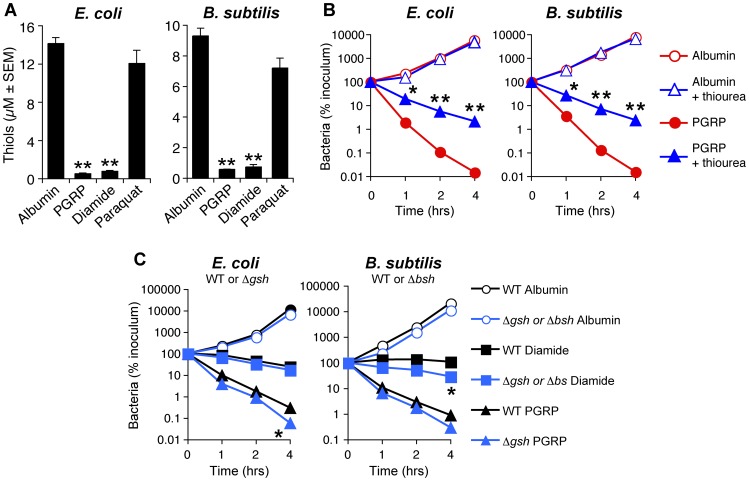Figure 4. PGRP induces thiol depletion, which is required but not sufficient for bacterial killing.
(A) E. coli or B. subtilis were incubated aerobically with albumin (50 µg/ml), PGRP (PGLYRP3, 50 µg/ml), diamide (250 µM), or paraquat (5 µM) for 30 min and intracellular thiols were measured. (B) E. coli or B. subtilis were incubated aerobically with albumin or PGRP (PGLYRP4, 50 µg/ml) without or with thiourea (150 mM, an inhibitor of thiol oxidation), and the numbers of bacteria were determined. (C) WT and glutathione-deficient ΔgshA E. coli or bacillithiol-deficient ΔbshC B. subtilis mutants were incubated aerobically with albumin (50 µg/ml), or diamide (250 µM), or PGRP (PGLYRP4, 50 µg/ml), and the numbers of bacteria were determined. The results are means ± SEM of 3–6 experiments (SEM were within symbols, if not visible); each experiment was repeated once with rMSA and another PGRP with similar results (A, PGLYRP4; B and C, PGLYRP3:PGLYRP4; not shown); *, P<0.05; **, P<0.001; albumin vs treated (A); − vs + thiourea (B); WT vs ΔgshA or ΔbshC mutants (C).

